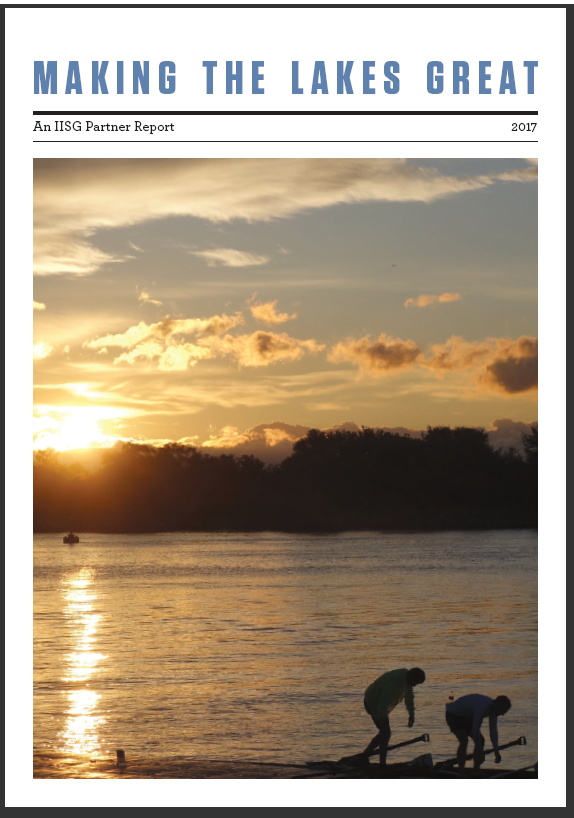
File Size: 1.33 MB
Year: 2011
This fact sheet explains what a watershed is–the area of land that drains to a specific body of water. The focus is Indiana and the six coastal watersheds that have a direct impact on the water quality and quantity of Lake Michigan. The fact sheet also gives advice on how protect watersheds and how to reduce fertilizer inputs.





